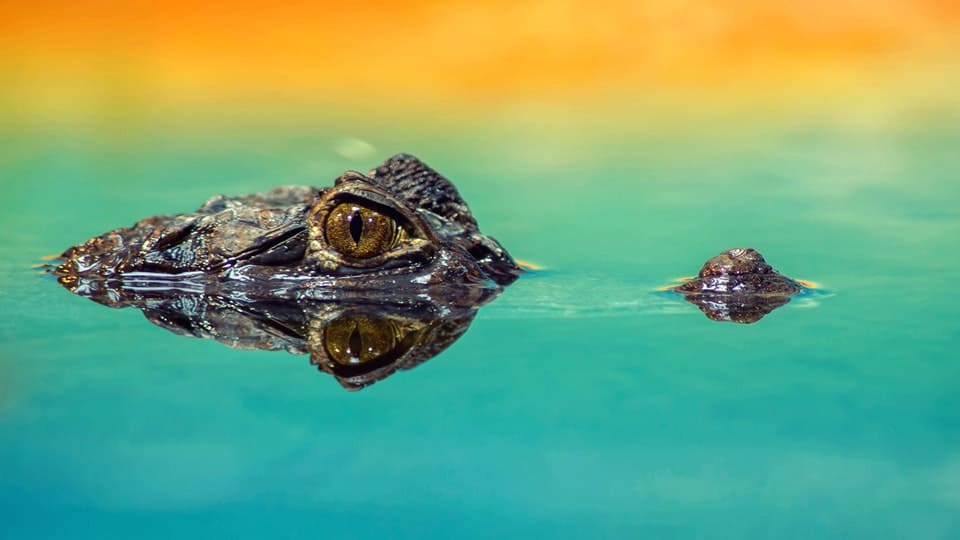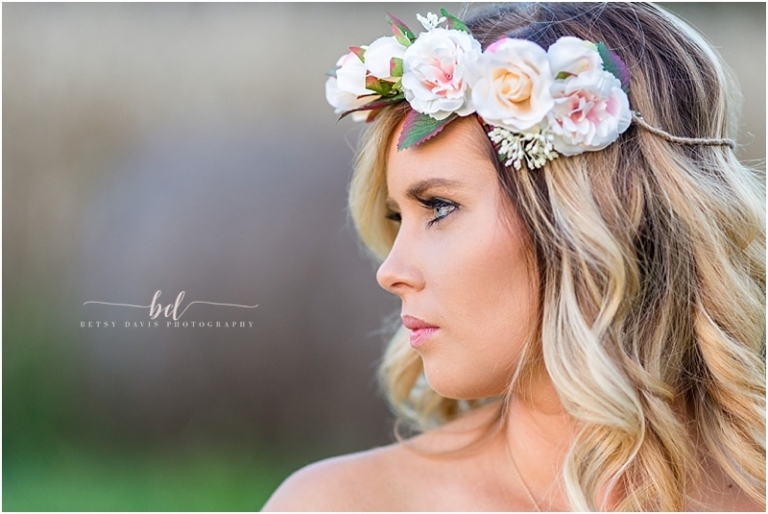Whether you’re a seasoned pro or just a novice looking to delve into the fascinating realm of wildlife photography, finding the right equipment to get the job done can be tricky. A wide variety of lenses are readily available on the market, ready to take the photography of any wildlife enthusiast to the next level.
Picking the best lens for wildlife photography might seem like an overwhelming task, but there are plenty of suitable options for anyone interested in producing incredible images. Whether you’re deciding between a zoom or prime lens, finding what zoom level best fits your needs, or determining if a teleconverter is necessary for your current camera, there is plenty of information readily available to help you make the best lens decision.
Here is an encompassing look at some of the top wildlife photography equipment on the market to help you find your best lens. And while some options might require you to break the bank, there are plenty of affordable ways to jumpstart your interest.
Best Lenses for Wildlife Photography
A variety of brands offer a wide range of lenses for wildlife photography. Here’s a look at some of the best available from top manufacturers.
Sony
Sony FE 600mm f/4 GM OSS Prime Lens
This lightweight lens is easily portable at just 6.71 pounds, and its back-heavy design makes it ideal for quick movement while shooting wildlife. It also delivers max performance in low-light situations.
Sony FE 400mm f/2.8 GM OSS Prime Lens
Another great option for low-light shooting situations, the 400mm prime lens is excellent at zeroing in on a single object from a distance.
Sony FE 200-600mm f/5.6-6.3 G OSS Zoom Lens
If you’re not ready to commit to the high price tag of a prime lens, the 200-600mm option offers a range of zooms, and it provides stability to give consistent, clear shots.
Sony FE 100-400mm GM OSS Zoom Lens
This lens gives shooters the perfect amount of zoom to get just a bit closer to the action with high resolution and sharpness while still maintaining the color and the ability to make quick adjustments.
Sony FE 70-300mm G OSS Zoom Lens
Even on the lower range of zooms, this lens still provides plenty of support for photographing wildlife, and like the higher models, it gives plenty of depth while bringing a smooth, quiet focusing performance.
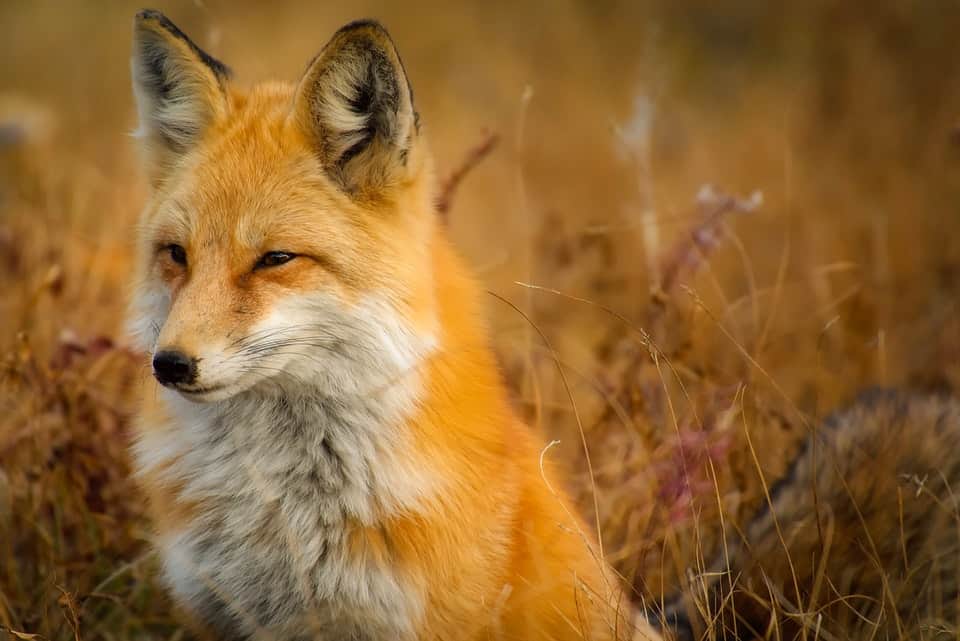
Canon
Canon 100-400mm f/4.5-5.6 II
Canon’s line of lenses provide wildlife photographers with shots that minimize distortions to produce pristine and clear images from a distance, and this model includes features to aid in both low-light and high-light situations.
Canon EF 70-300mm f/4-5.6L IS USM UD Lens
Notable for its compact size and versatility, the 70-300mm lens still packs a big enough zoom punch to produce clear and accurate wildlife photos, and its features minimize flare for top contrast.
Canon EF-S 18-200mm f/3.5-5.6 IS Standard Zoom Lens
For those looking for a suitable and flexible lens to give a boost while shooting wildlife, the 18-200mm can still get the job done with a versatile wide-angle and telephoto range.
Canon EF 100-400mm f/4.5-5.6L is II USM Lens
This lens provides wildlife photographers with intense clarity and image sharpness while maintaining the integrity of the subject’s color, and it has the versatility to handle a wide range of situations.
Canon EF-S 55-250mm f/4.0-5.6 IS II
At 55-250mm, this is among the lower ranges of zooms in Canon’s line of lenses, but it gives shooters ideal telephoto focal lengths to aid in wildlife photography.
Canon EF 75-300mm f/4-5.6 III
Along with capturing true color and providing strong contrast, this lens has fast and accurate autofocus performance, making it a good option for wildlife photos.
Canon EF 70-200mm f/4L USM
For photographers working in shooting situations with strong lighting, the 70-200mm option can handle the glare to bring resolute images.
Canon EF 500mm f/4L IS II Lens
Ideal for photographers shooting from a distance, the 500mm lens is perfect with its ability to combine a long reach with fast adjustments. It comes with several stabilizing effects to give users clear, quality images.
Nikon
Nikon 200-500mm f/5.6
This telephoto zoom lens can handle a wide range of distances while providing photographers with improved quality while reducing flare and ghosting. It also has the versatility to handle still photos and video.
Nikon 200-400mm f/4 VR II
The f/4 maximum aperture gives wildlife photographers consistent illumination at any of its zoom ranges, and it brings necessary depth to images.
Nikon 300mm f/2.8 VR II
Classified as a super-telephoto lens, the Nikon 300mm model combines speed with an advanced optical layout and superior stabilization. It remains consistent in a variety of lighting conditions and provides selective focus options to let wildlife photographers get the perfect shot.
Nikon AF-S Nikkor DX 18-200mm F/3.5-5.6G ED VR II Lens
Nikon calls its 18-200mm model a perfect all-around lens due to its versatility as a wide-angle lens to capture the scope of a scene, plus its telephoto ability helps you zone in on a single subject.
Nikon AF-P Nikkor 70-300mm f/4.5-5.6E ED VR Lens
This Nikon lens features a telephoto zoom, capable of taking portraits and ranging to telephoto distance.
Nikon 70-200mm f/4G ED VR Nikkor Zoom Lens
The compact and lightweight design of this Nikon lens makes it convenient, yet it still carries the power to effectively shoot wildlife, sports, and portraits.
Nikon AF-S DX Nikkor 18-300mm f/3.5-6.3G
The 18-300mm model also boasts the capability of serving as both a wide-angle and telephoto lens, and it adjusts for shaking to produce clean hand-shot photos.
Nikon AF-S FX Nikkor 200-500mm f/5.6E ED Lens
This lens carries a big zoom range, and an f/5.6 maximum aperture rate provides consistent results across its spectrum.
Nikon AF-S FX NIKKOR 80-400mm f/4.5-5.6G ED VR Zoom Lens
Covering a wide range of photograph distances from portrait-length to super-telephoto focal length, this lens gives wildlife photographers plenty of options.
Nikon 70-300mm f/4-5.6G Zoom Lens
This lens brings a high-power 4.3x telephoto zoom into a small, compact design, making it perfect for transport.
Nikon 500mm f/4E FL VR
The 500mm lens is probably best reserved for those truly dedicated to wildlife photography, given its five-figure price tag and wide array of capabilities. It combines fast shooting speeds with the ability to work in difficult conditions.
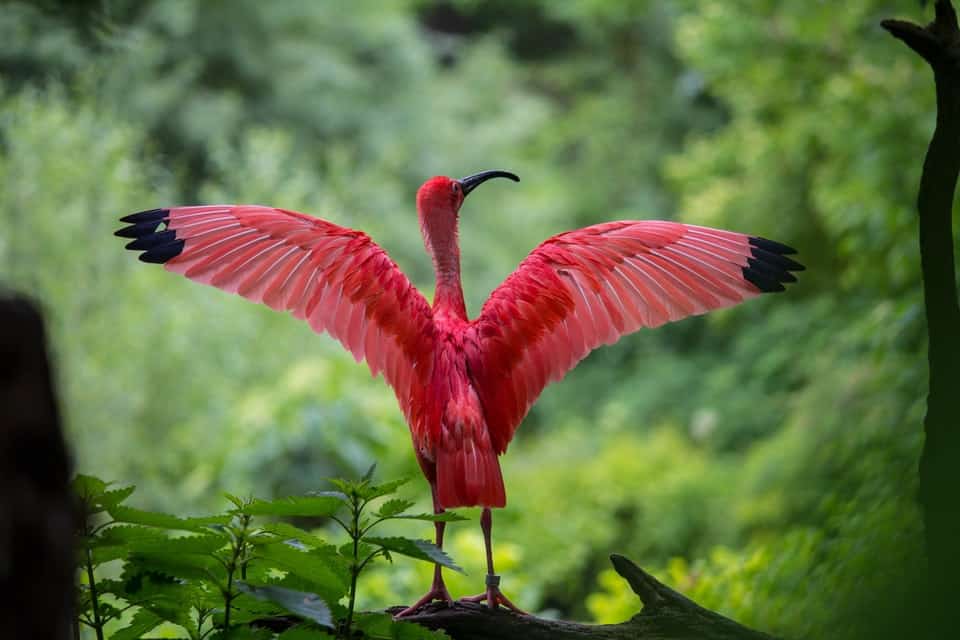
Fujifilm
Fujifilm XF 100-400mm f/4.5-5.6 LM OIS WR
One of the biggest benefits of Fujifilm’s XF 100-400mm model is its ability to withstand even the harshest environments since it is capable of working at temperatures as low as 14 degrees Fahrenheit. The twin linear motors in the lens also allow it to capture clear, crisp images of fast-moving subjects.
Olympus
Olympus M.Zuiko 300mm f/4 IS Pro
While it’s listed as a 300mm zoom, this lens 600mm-equivalent packs a big punch to get photographers up close, and unlike some of its bigger competitors, this Olympus model features a hand-holdable design.
Olympus M.Zuiko 40-150mm f/2.8 Pro
The f/2.8 constant maximum aperture on the 40-150mm model provides consistent illumination, perfect for shooting in a variety of lighting situations. This weather-sealed lens is also built to work in almost any condition.
Pentax
Pentax DA 560mm f/5.6 ED Prime Lens
The telescope-like design of this lens provides for superior clarity with a 35mm equivalent focal length of 859mm. The dust-proof and weatherproof barrel also makes this lens ideal for shooting in even the toughest conditions.
Pentax 645 FA 400mm f/5.6 ED IF Prime Lens
An internal focusing system allows this lens to have improved focusing speed while minimizing lens extension to allow for a shorter minimum focus distance, all while having the range to shoot at a long range.
Pentax 645 FA* 300mm f/4 ED IF Prime Lens
Pentax’s 300mm lens falls in the middle of the range in terms of its line of telephoto prime lenses, and like other products from the line, it has a Super Multi Coating to help create sharp photographs.
Pentax SMC DA* 300mm f/4 ED IF SDM Prime Lens
Unlike its larger prime lens siblings, this Pentax lens is much smaller, allowing wildlife photographers to work on the move with ease. But note it’s not compatible with full-frame 35mm cameras.
Pentax D FA 150-450mm f/4.5-5.6 ED DC AW Zoom Lens
If Pentax’s line of prime lenses isn’t right for you, the manufacturer also provides a zoom lens to fit your needs. It brings a long telephoto lens capable of bringing desired sharpness across its range.
Pentax 645 FA 150-300mm f/5.6 ED+ Zoom Lens
With a 35mm equivalent focal length of 118.5-237mm, this Pentax telephoto zoom lens brings a wide range of focal lengths, giving photographers options when choosing how and where to shoot.
Sigma
Sigma 500mm f/4 DG OS HSM Sports Lens
The 500mm lens is the top of the line in terms of Sigma’s range of wildlife photography options, as its super-telephoto lens lets you capture distant animals with ease, and its motor allows photographers to produce clean images of fast-moving objects.
Sigma 70-300mm f/4-5.6 DG APO Macro Telephoto Zoom Lens
If you’re not ready to spring for the 500mm Sigma lens, the company also produces plenty of more budget-friendly options worthy of your needs. This telephoto zoom lens is perfect for grabbing pictures on hikes or even trips to the zoo.
Sigma 150-600mm f/5-6.3 Contemporary DG OS HSM Lens
This telephoto lens brings the widest range of zooms on Sigma’s line, all in a portable and handheld model without losing its performance ability.
Sigma 150-600mm f/5-6.3 for Nikon
This 150-600mm model features a hyper-sonic motor, giving photographers fast and silent autofocus, and an optical stabilizer eliminates shaking from handheld shots.
Tamron
Tamron 150-600mm f/5-6.3 G2
Built for shooting outdoors, this lens has an autofocus motor to enhance focusing performance, making it ideal for fast-moving subjects. It always carries a manual focus and zoom locks for optimal control.
Tamron 16-300mm F/3.5-6.3 Di-II VC PZD All-in-One Zoom Lens
Along with carrying the telephoto zoom capabilities of other lenses, this Tamron model can also work for macro photography to capture smaller objects up close.
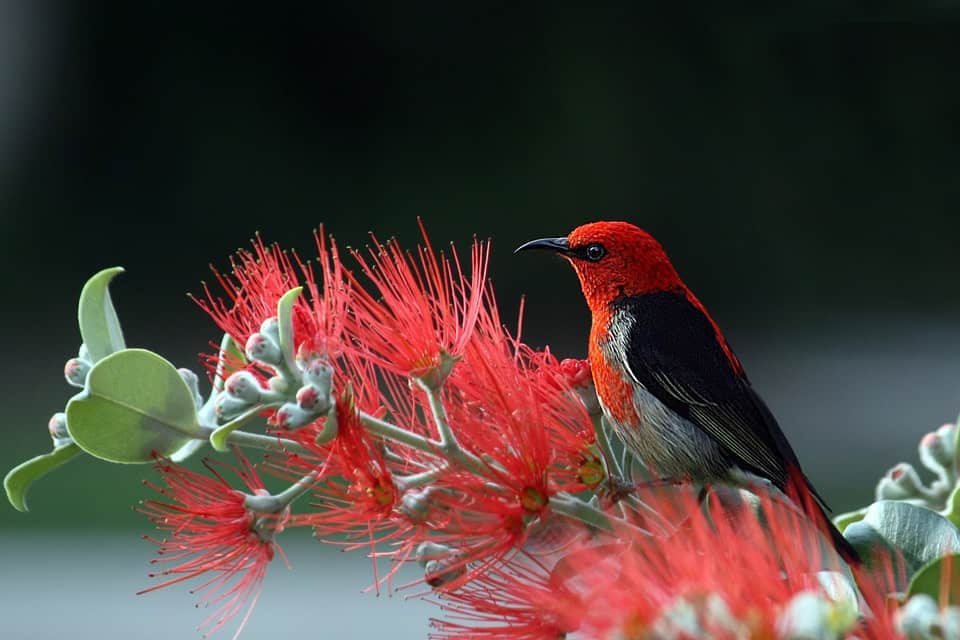
Choosing the Best Lens for Wildlife Photography
Finding the right lens for wildlife photography depends on your ambitions as a photographer. Understanding the differences and options between different lenses will help you make the right decision.
Weather Resistance
Dealing with Mother Nature is a challenge for any wildlife photographer, and having a lens capable of withstanding the outdoors is important. Many products offer resistance to water, dust, and dirt.
Focal Length
Higher focal lengths allow wildlife photographers to get close to the action on film while maintaining a safe distance from animals. The higher the focal length, the higher the shooting distance will be for a given lens. Lenses with a wide range of focal lengths will provide photographers with varying interests the chance to shoot from different distances.
Aperture
The aperture on a lens pertains to how much light is being let in, so choosing the aperture that’s right for you depends on the conditions you’ll be shooting in. A wide aperture will help a lens and camera shoot better in low-light settings.
AF Speed & USM
Autofocus speed will help your lens adjust to fast-moving objects to get cleaner images more consistently. If you envision yourself photographing wildlife that’s frequently on the move, a higher AF speed will be helpful.
Image Stabilization and Vibration Reduction
For many handheld cameras and lenses meant to operate without a tripod, having a good level of image stabilization will ensure your photos come out clear and clean more consistently.
What Types of Wildlife Will You Photograph?
Picking the best lens for wildlife photography will come down to what types of subjects you’re most interested in shooting. Different situations can call for different levels of zoom and quality, though many lenses are adept at fitting your needs in many situations.
Bigger forms of wildlife don’t require a big zoom in a lens, but shooters want to feel comfortable with the space between themselves and any subject being photographed. Going for a telephoto lens with a variety of focal lengths can allow photographers to capture different images while feeling safe and secure while doing so.
If you’re primarily interested in photographing birds, a more specific range of lenses can provide a big boost to your experience. Since birds are smaller and quicker than most wildlife, having a faster lens can be a big benefit for capturing a shot. Getting close to birds is also a challenge, so having a lens with a minimum 400mm zoom would also allow photographers to get the best shots.
Zoom vs. Prime Lenses
Deciding between a zoom and a prime lens will be an important decision for any wildlife photographer, as both options bring positives for any level of shooting. Depending on your level of experience and what you’re aiming to photograph, both of them have certain benefits.
Zoom lenses tend to be more forgiving, allowing shooters to take photos up close or from a distance. Their smaller designs also benefit hikers who are on the move and want to take photos in a variety of situations. Zooms lenses are also typically more affordable than their prime counterparts.
Prime lenses come with a fixed focal length, so photographers won’t be able to adjust the zoom level depending on the distance of their subjects. But prime lenses are excellent at filtering light, allowing photographers to take fast, high-quality images while capturing the brightness of a scene.
For those stationed with a tripod to take photos, prime lenses give the best option to produce pristine photos. And while the price may be steeper than a zoom lens, a prime lens tends to operate at a much faster speed.
Do You Need a Teleconverter for Your Lens?
Teleconverters are an excellent tool for adding depth and reach by magnifying and enhancing the zoom of the original lens. But the tradeoff for an improved zoom will be the reduced sharpness of images.
Still, teleconverters can provide a big benefit for many wildlife photographers. Even with the slightly reduced quality of images, shooters can easily add zoom with teleconverters that conveniently snap over the top of the original lens. Teleconverters are also a much cheaper option for adding valuable zoom without needing to purchase a whole new lens for a camera.
Is a Faster Lens Better?
Faster might always sound better, but depending on the type and amount of wildlife photography you’re doing, the fastest lens isn’t always necessary to get the job done.
Lenses slower than f/4 won’t provide the speed of some of the fastest models, but these can provide strong quality and crispness to photos. Having a fast lens can allow wildlife photographers to quickly capture images, but the tradeoff for speed is an impact on the focus of a shot. Wildlife pictures don’t always need a high speed, and depending on your level, there are plenty of other options to consider when picking your lens.

What’s the Ideal Zoom on a Lens for Wildlife Photography?
In regards to wildlife photography, picking the ideal zoom on a lens comes down to the type of animals you’re intending to shoot. Most wildlife photography doesn’t require a large zoom on the lens, as long as it has a strong focal length to keep photographers at a safe distance.
All of the ranges listed for the top wildlife photography lenses on the market can do the trick for most photographers.
Those interested in photographing primarily birds will likely want to upgrade to a lens with a higher zoom since birds are typically smaller and tougher to shoot at close range when they’re in the sky. But for most photographers, finding a lens ranging anywhere from 50mm to 400mm will be more than adequate to help capture perfect pictures.
